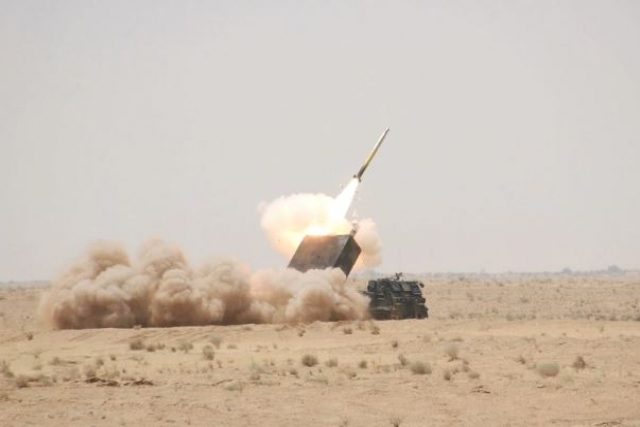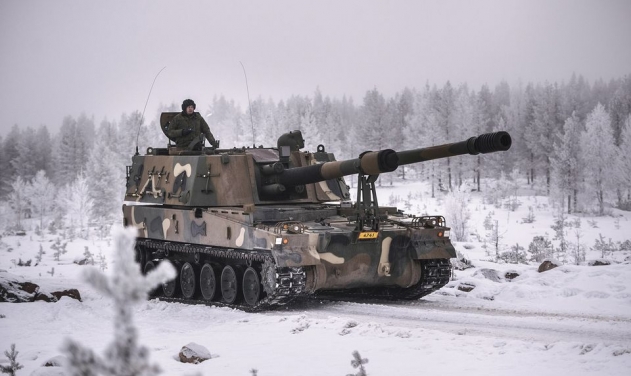U.S. Likely to Provide Ukrainian Troops with Multiple Launch Rocket System

The Biden administration could soon announce about the approved decision to send long-range multiple-rocket systems (MLRS) to Ukraine.
Ukraine’s President Volodymyr Zelenskyy and other top officials have urged delivery of longer-range systems to counter Russia's heavy bombardments in the eastern Donbas region, where the fighting between the two warring countries is the fiercest. The MLRS can fire a barrage of rockets hundreds of miles away.
Moscow sees such deliveries of heavy weapons as a provocative escalation. There are concerns that sending such long-range weapons to Kyiv would risk drawing the U.S. and its NATO allies into direct conflict with Moscow.
Last week, a presenter on Russian state TV said the U.S. would be crossing a "red line" by supplying the MLRS to Kyiv, and it would be seen as an attempt to "provoke a very harsh response from Russia.”
"We're not going to send to Ukraine rocket systems that strike into Russia," U.S. President Joe Biden told reporters after at the White House on Monday. He did not rule out providing any specific weapons system to Kyiv, but instead appeared to be placing conditions on how they could be used.
A senior administration official told the media that the MLRS was under consideration.
An M270 MLRS battery can fire a range of munitions, with the most advanced able to hit targets up to 300km away. However, it can also fire shorter-range rockets with a range of around 70km. Limiting Ukraine to the smaller rockets could be a way for the U.S. to avoid escalating the conflict, while still significantly improving its arsenal.
On Friday, western media reported that the U.S. was leaning towards sending the MLRS and High Mobility Artillery Rocket System (HIMARS), as part of an upcoming military aid package. HIMARS’ range is comparable to the MLRS, but unlike the M31 GMLRS, HIMARS move on wheeled truck chassis. These could give the Ukrainian military greater mobility than the M777 howitzers.
The two systems carry the same weaponry, with the HIMARS wielding one weapon pod and the MLRS having two. Each weapon pod can carry either six M31 medium-range (70 km) rockets or one GPS-guided ATACM ballistic missile, which can deliver a 500 lb. conventional warhead on targets as far at 300km away.
Ukraine is also receiving Harpoon anti-ship cruise missiles with a range of 130 km. It can deploy them alongside its own Neptune missiles, credited with having sunk Russia's flagship cruiser Moskva last month.
Russia has, meanwhile, fired the TOS-2 Tosochka multiple-rocket system against Ukrainian targets in the Kharkiv area. It has been described as a giant flamethrower. The weapon is a thermobaric fuel-air weapon: it creates a massive explosion by igniting a gas cloud on impact, depriving anyone in the area of oxygen.













